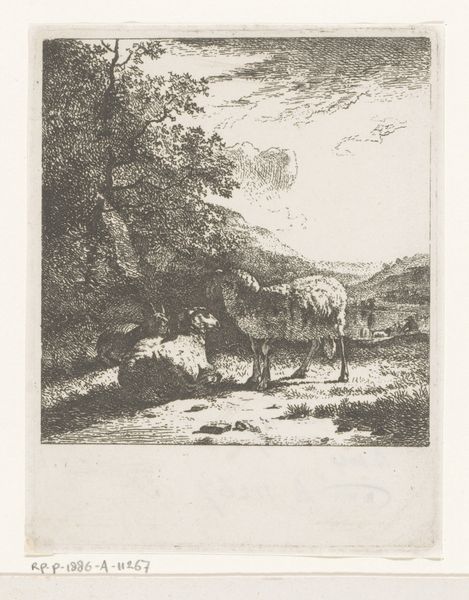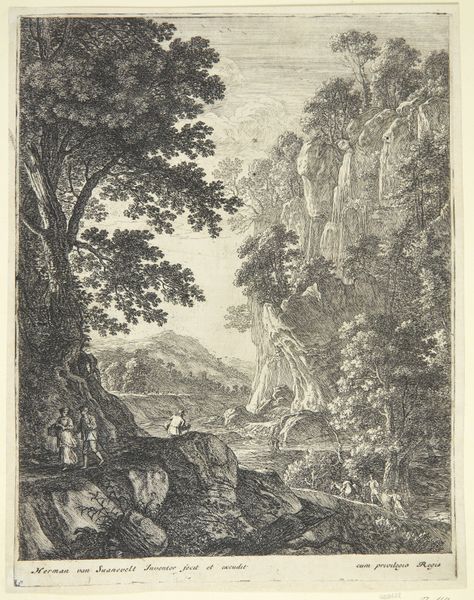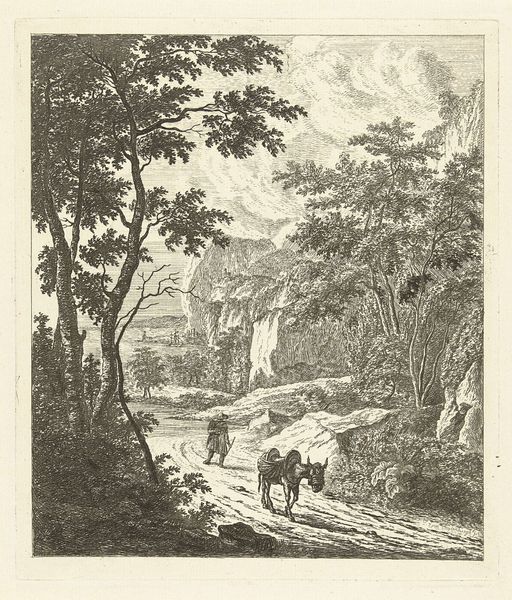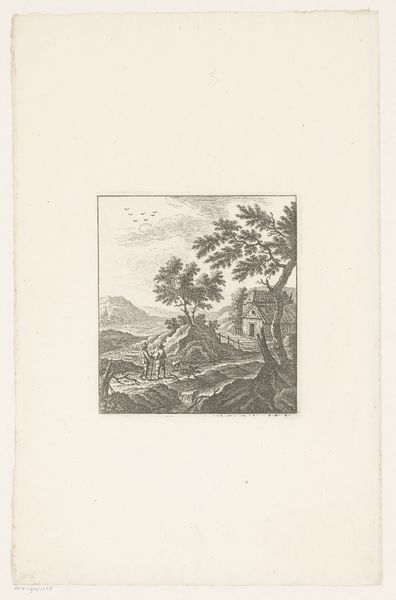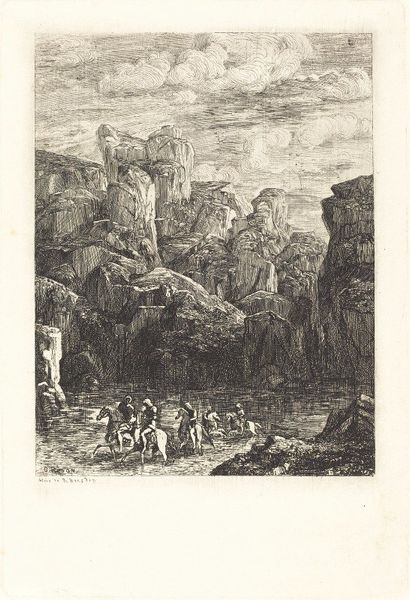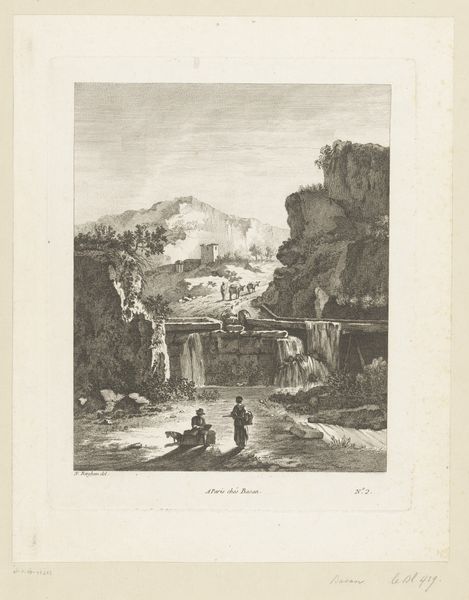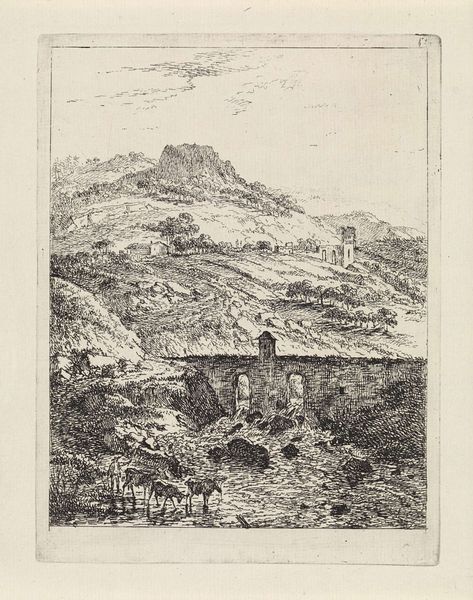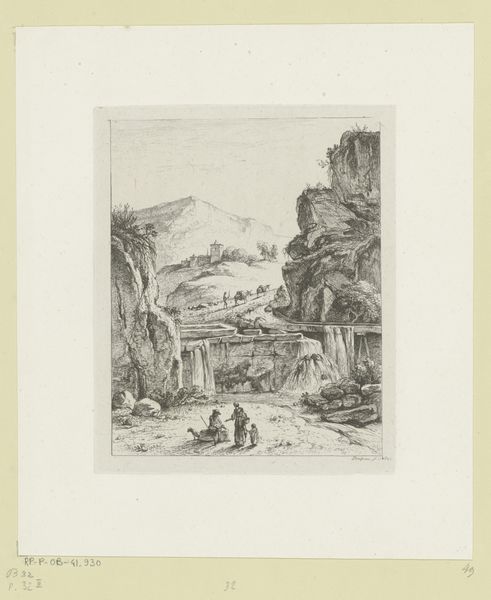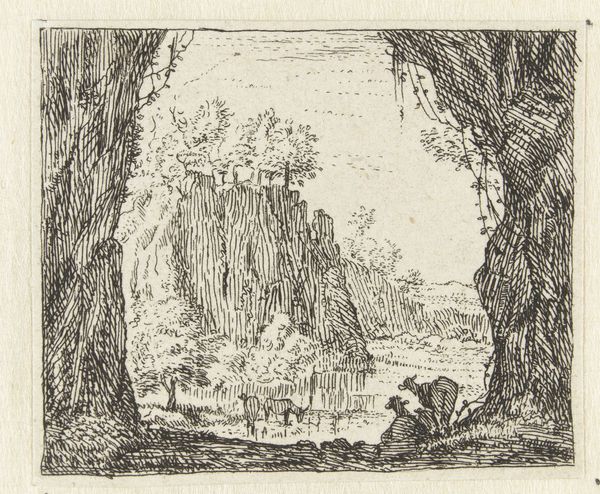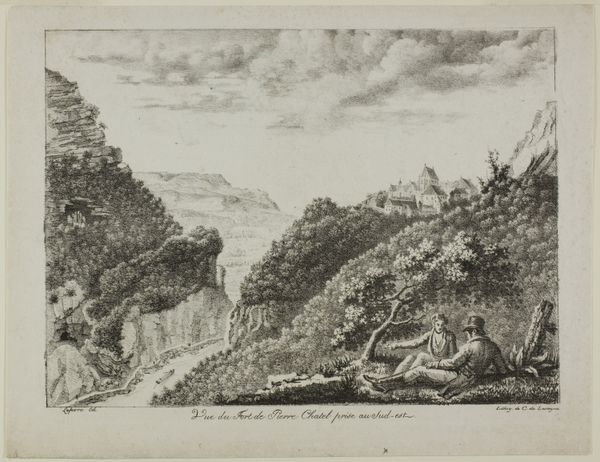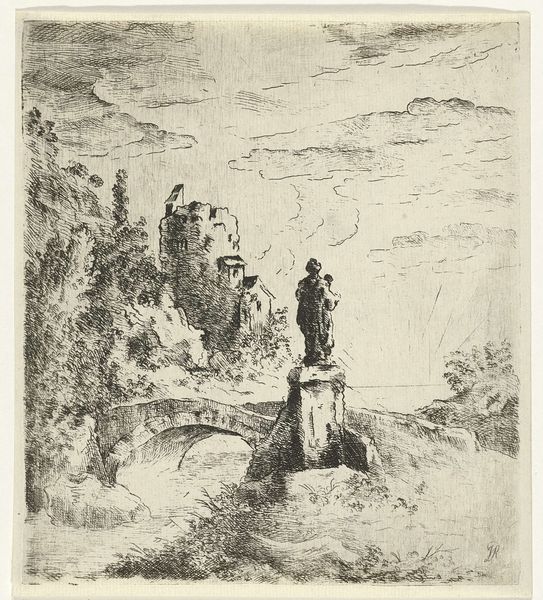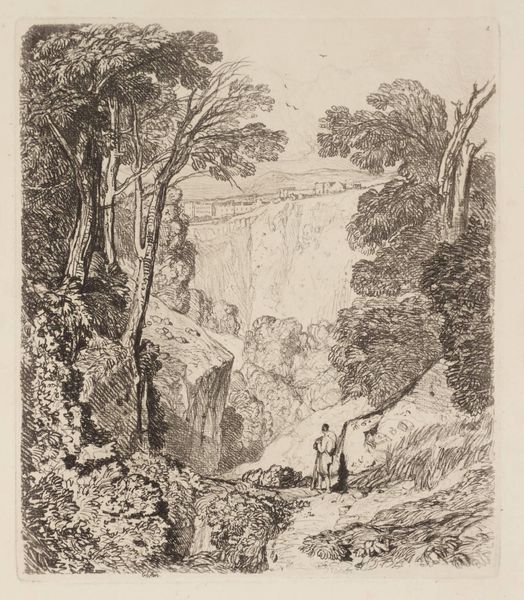
drawing, print, ink, engraving
#
drawing
#
quirky sketch
# print
#
pen sketch
#
pencil sketch
#
old engraving style
#
landscape
#
personal sketchbook
#
ink
#
rock
#
sketchwork
#
ink drawing experimentation
#
pen-ink sketch
#
line
#
sketchbook drawing
#
genre-painting
#
sketchbook art
#
engraving
Dimensions: height 150 mm, width 92 mm
Copyright: Rijks Museum: Open Domain
Editor: Here we have Joseph Hartogensis' "Kasteel op een rots," possibly from 1854, located at the Rijksmuseum. It looks like a pen and ink drawing, or perhaps an engraving. It's quite striking—a fortress perched precariously on a rock face. It makes me think about isolation, maybe even a kind of proud defiance. What do you see in this piece? Curator: That feeling of isolation you describe is very powerful, and for me, it connects directly to the sociopolitical landscape of the mid-19th century. Consider the rise of nationalism, the anxieties around borders and identity, and the ways in which individuals and communities sought to protect themselves, both physically and culturally. Do you think that this castle becomes symbolic of those kinds of social anxieties? Editor: Absolutely! I can see that now. It's not just a castle; it's a symbol of power structures clinging to existence in a changing world. The lone figure at the base seems dwarfed by the immense structure and the landscape itself. It's like humanity against history. Curator: Exactly. The "Kasteel op een rots" is not merely a depiction of a specific place, but an interrogation of authority, belonging, and resilience. This kind of art becomes a visual argument that invites a debate about what we prioritize to protect as a society, and whom these choices might exclude. What does the fortress signify to us now, in the 21st Century? Editor: That's such a great question. Now, perhaps it's about questioning what power truly means when everything around it shifts. A relic? Or a renewed possibility for safety? I like how this piece invites us to think deeper. Curator: I agree. It's a fantastic example of how a seemingly simple landscape can unlock very profound perspectives when examined through a critical and historical lens. Thank you!
Comments
No comments
Be the first to comment and join the conversation on the ultimate creative platform.
